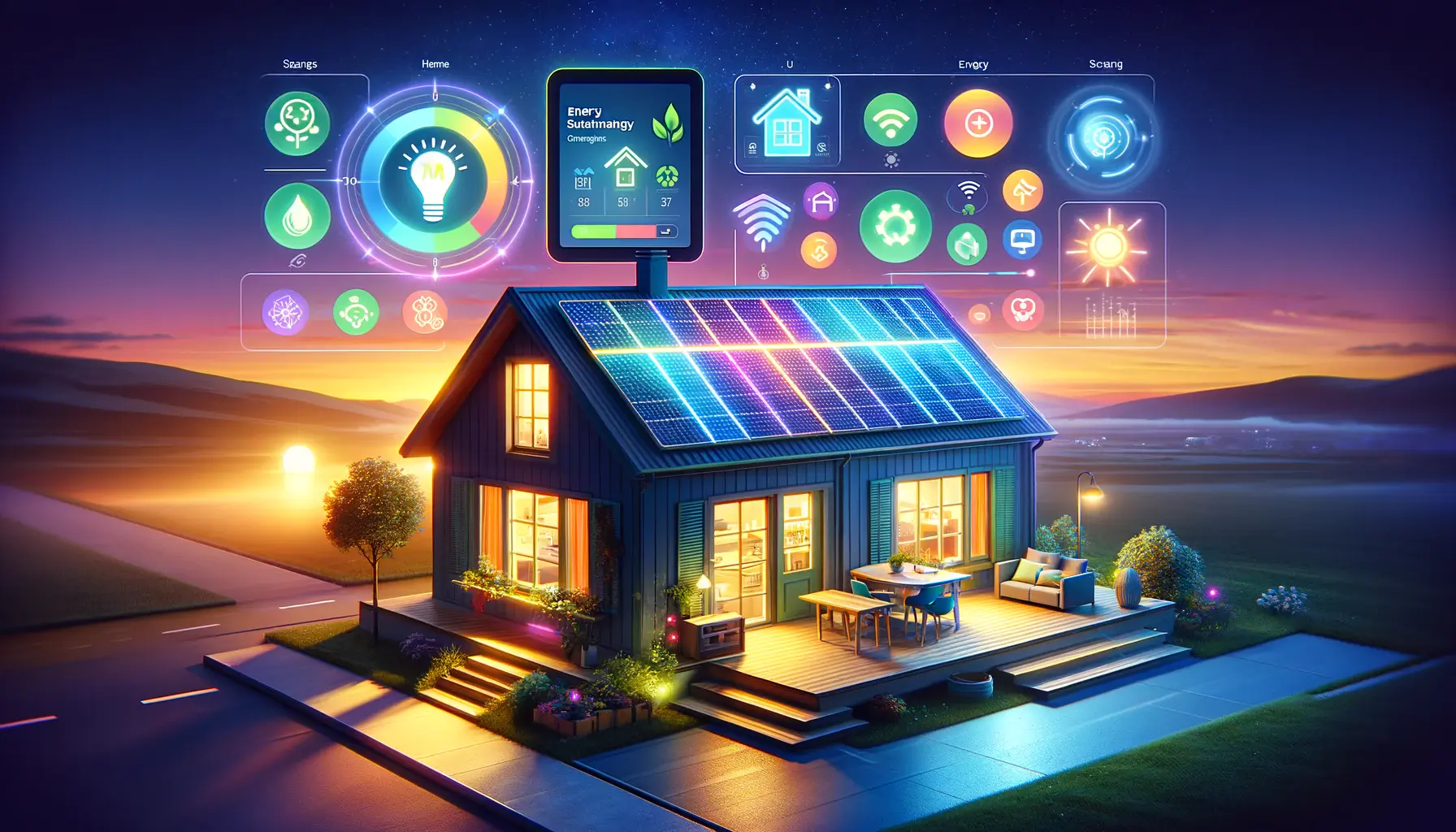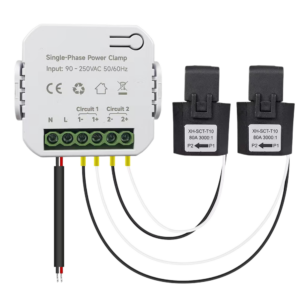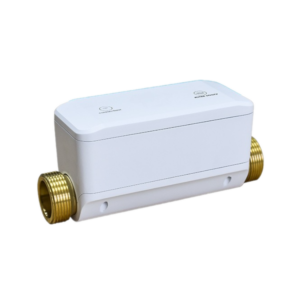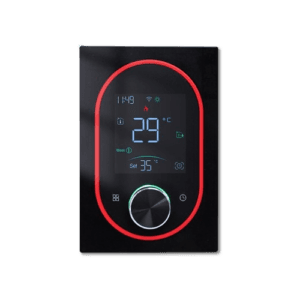Deep Dive into Home Energy Management Systems (HEMS)
In the quest for a more sustainable and energy-efficient lifestyle, Home Energy Management Systems (HEMS) stand out as a beacon of innovation. These systems, which represent the convergence of technology and sustainability, are designed to optimize household energy consumption, thereby reducing energy bills, enhancing comfort, and contributing to environmental conservation.
Understanding HEMS
At its core, a Home Energy Management System is an intelligent platform that monitors, controls, and optimizes the energy flow within a household. By integrating with various home appliances and energy systems, HEMS can provide homeowners with real-time data on energy usage and actionable insights to improve energy efficiency. This system leverages Internet of Things (IoT) technology, allowing for seamless communication between devices and enabling a smarter, more responsive energy management strategy.
The Role of HEMS in Electricity Management
Electricity management is a critical component of home energy optimization. HEMS plays a pivotal role by:
- Monitoring Electricity Usage: By providing detailed insights into which appliances and systems are consuming the most energy, homeowners can identify areas for improvement.
- Automating Energy Savings: HEMS can automatically adjust lighting, appliances, and electronic devices based on predefined rules, presence detection, or energy tariffs, ensuring energy is used more efficiently.
- Demand Response Participation: Some HEMS can integrate with utility demand response programs, automatically reducing energy usage during peak periods to benefit from lower rates or incentives.
Integration with Heating and Cooling Systems
Heating and cooling often account for a significant portion of a household's energy consumption. HEMS enhances the efficiency of these systems through:
- Smart Thermostats: These devices can learn a household's heating and cooling preferences, adjusting the temperature automatically to optimize comfort and reduce waste.
- Zoned Heating and Cooling: By managing where and when heating or cooling is needed, HEMS can minimize energy usage while maintaining optimal comfort throughout the home.
- Efficiency Recommendations: HEMS can suggest the best times to heat or cool the home based on weather forecasts, occupancy, and energy tariffs, further reducing unnecessary energy consumption.
Gas Management and Safety
Natural gas management is another area where HEMS can make a significant impact. By monitoring gas usage and detecting leaks early, HEMS can help prevent accidents and ensure that gas appliances are operating efficiently. This not only enhances home safety but also contributes to energy conservation by ensuring that gas is used judiciously and appliances are maintained in good working order.
Home Energy Management Systems represent a revolutionary step forward in the way we consume and manage energy in our homes. By providing detailed insights into energy usage and offering tools for optimization, HEMS can lead to significant energy and cost savings. Moreover, by integrating with electricity, heating, cooling, and gas systems, HEMS ensures a holistic approach to energy management, enhancing comfort, safety, and environmental sustainability.
Integrating Home Energy Management Systems with Smart Home Technologies
Bridging HEMS and Smart Home Systems
The fusion of Home Energy Management Systems (HEMS) with smart home technologies marks a pivotal shift towards creating more intelligent, efficient, and responsive living spaces. This integration harnesses the power of automation, IoT, and data analytics to transform how we interact with our homes, making energy management not just a task but a seamless part of daily life.
The Synergy of HEMS and Smart Home Devices
Smart home devices, including smart thermostats, lighting, locks, and security cameras, can be integrated into HEMS to provide comprehensive control over a home’s environment and energy use. This synergy allows for:
- Automated Energy Savings: Smart devices can be programmed to operate based on occupancy, time of day, or energy prices, reducing consumption without compromising comfort or convenience.
- Enhanced User Experience: Through a central HEMS interface, homeowners can monitor and control all connected devices, simplifying the management of home energy use.
- Predictive Maintenance: By analyzing data from smart appliances, HEMS can predict potential issues before they become serious problems, saving money on repairs and reducing downtime.
Smart Appliances and Energy Efficiency
The role of smart appliances within a HEMS-centric home cannot be understated. Refrigerators, washers, dryers, and even ovens can now communicate with HEMS to operate at the most energy-efficient times, leveraging lower energy rates or solar production peaks. This not only optimizes their energy consumption but also extends to the broader goal of demand-side management, balancing the energy load and reducing strain on the grid.
Renewable Energy Integration
A key component of modern HEMS is the ability to integrate with renewable energy sources, such as solar panels and wind turbines. Smart inverters and battery storage systems can be managed through HEMS to store excess energy generated during peak production times for use during higher demand periods. This enhances energy independence and contributes to a more resilient and sustainable energy ecosystem.
The Impact on Utility Management
The integration of HEMS with smart home technologies extends beyond individual homes, impacting how utilities manage demand and supply. By aggregating data from multiple households, utilities can gain insights into consumption patterns, leading to more efficient grid management and the potential for dynamic pricing models that incentivize energy-saving behaviors.
The convergence of Home Energy Management Systems and smart home technologies represents a significant advancement in our journey towards sustainable living. This integration not only optimizes energy use but also enhances the overall user experience, making our homes smarter, safer, and more responsive. As we continue to innovate and adopt these technologies, we move closer to realizing the full potential of a connected, energy-efficient world.
The Future of Home Energy Management and Sustainability
As we advance into a future where sustainability and energy efficiency are not just valued but essential, the evolution of Home Energy Management Systems (HEMS) and their integration with smart home technologies play a pivotal role. This final part of our series looks ahead to the trends and innovations that will shape the future of home energy management, emphasizing the significant role homeowners play in driving sustainability.
Emerging Trends in Home Energy Management
The landscape of home energy management is rapidly evolving, driven by technological advancements and a growing emphasis on sustainability. Key trends include:
- AI and Machine Learning: The integration of artificial intelligence (AI) and machine learning with HEMS is set to revolutionize energy management. These technologies can predict energy needs, optimize usage patterns, and even negotiate energy rates in real-time, ensuring maximum efficiency.
- Blockchain for Energy Transactions: Blockchain technology offers a secure and transparent way to manage energy transactions, enabling peer-to-peer energy trading among homeowners. This decentralizes energy distribution, allowing homeowners with renewable energy sources to sell excess power back to the grid or directly to neighbors.
- IoT and the Connected Home: The Internet of Things (IoT) is at the heart of the smart home, and its role in energy management is expanding. Future HEMS will seamlessly connect all aspects of the home, from appliances to HVAC systems, providing unparalleled control and optimization capabilities.
Innovations in Energy Storage and Generation
As renewable energy sources become more prevalent, innovations in energy storage and generation will become increasingly important. Advanced battery technologies, such as solid-state batteries, offer higher capacities and longer lifespans, enhancing the efficiency of solar and wind energy systems. Additionally, the development of microgrid systems enables communities to generate, store, and manage their own energy, reducing reliance on traditional power grids.
Homeowner's Role in Shaping a Sustainable Future
Homeowners are at the forefront of the shift towards more sustainable energy practices. By adopting HEMS and smart home technologies, individuals can make a significant impact on energy conservation and sustainability. Actions that homeowners can take include:
- Investing in Renewable Energy: Installing solar panels or wind turbines not only reduces dependency on fossil fuels but also lowers energy bills.
- Participating in Energy Efficiency Programs: Many utilities offer incentives for energy-saving home improvements and appliance upgrades.
- Educating and Advocating: Homeowners can lead by example, sharing their experiences and encouraging others to consider sustainable energy practices.
The future of home energy management is bright, with innovations in technology, renewable energy, and smart home integration paving the way for a more sustainable world. As we embrace these advancements, the role of homeowners becomes increasingly vital. Together, through informed choices and a commitment to sustainability, we can make a lasting impact on our planet's future, ensuring a legacy of efficiency, resilience, and environmental stewardship.




